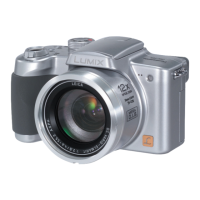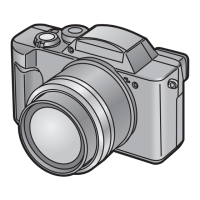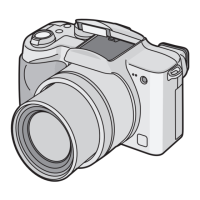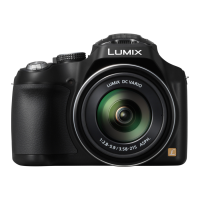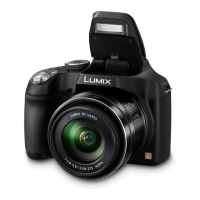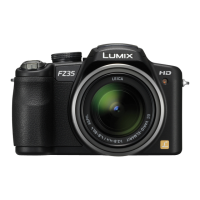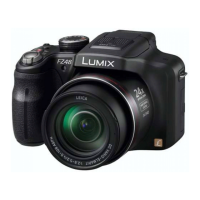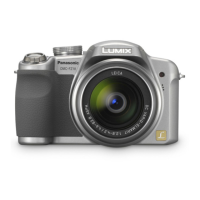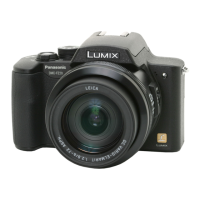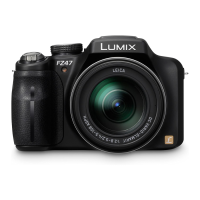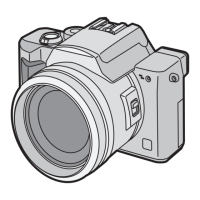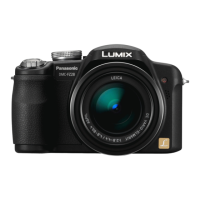•Thebatterywillbeconsumedfasterthan
usual.
•Itmaytaketimetofocusonthesubjectif
yourotatethezoomleverfromWideto
Teleorsuddenlychangethesubjectfrom
adistantonetoanearbyone.
•Presstheshutterbuttonhalfwayagain
whenitisdifficulttofocusonthesubject.
•The[CONT.AF]settingisfixedto[OFF]in
[PANNING](P64),[NIGHTPORTRAIT]
(P64),[NIGHTSCENERY](P65),
[STARRYSKY](P67)and[FIREWORKS]
(P68)inscenemode,insimplemode[_]
andwhenmanualfocusisset.
Press[_ ]todisplaythe[REC]mode
menuandselecttheitemtoset.(P76)
Illuminatingthesubjectmakesiteasierfor
thecameratofocuswhenrecordinginlow
lightconditionsthatmakefocusingdifficult.
•IftheAFassistlampis
setto[ON],anAFarea
withasizewiderthan
usualisdisplayedandthe
AFassistlamp(_,pturns
onwhenyoupressthe
shutterbuttonhalfwayindarkplacesetc.
[ON]TheAFassistlampturnsoninlow
lightconditions.Atthistime,the
AFassistlampicon[_] appears
onthescreen.Theeffectiverange
oftheAFassistlampis1.5m
(4.92feet).
[OFF]TheAFassistlampdoesnotturn
on.
• Be careful about the following when using
the AF assist lamp.
Advanced (Recording pictures)
- Do not look at the AF assist lamp from
close up.
- Detach the lens hood.
-Do not cover the AF assist lamp with
your fingers or other objects.
• When you do not want to use the AF
assist lamp (e.g. when taking pictures of
animals in dark places), set the
[AF ASSIST LAMP] to [OFF]. In this case,
it will become more difficult to focus on the
subject.
• The setting for [AF ASSIST LAMP] is fixed
to [ON] in simple mode [V].
• A vignetting effect may appear on the
circumference of the AF assist lamp
because the AF assist lamp may be
obscured by the lens, however, this does
not cause a problem with the performance
of the camera.
• The setting for the [AF ASSIST LAMP] is
fixed to [OFF] in [SCENERY] (P63),
[PANNING] (P64), [NIGHT SCENERY]
(P65), [SUNSET] (P67), [FIREWORKS]
(P68) and [AERIAL PHOTO] (P69) in
scene mode.
• The initial setting for [PET] (P67) in scene
mode is [OFF].
Press [MENO]@to display the [REC] mode
menu and select the item to set. (P76)
Select a color effect that matches the
recording conditions and your image of the
recording.
[COOL] The picture becomes bluish.
[WARM] The picture becomes reddish.
[BA,V] The picture becomes black and
white.
[SEPIA] The picture becomes sepia.
85
VQT 1B25
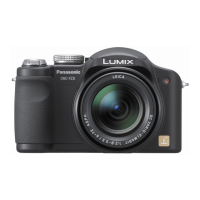
